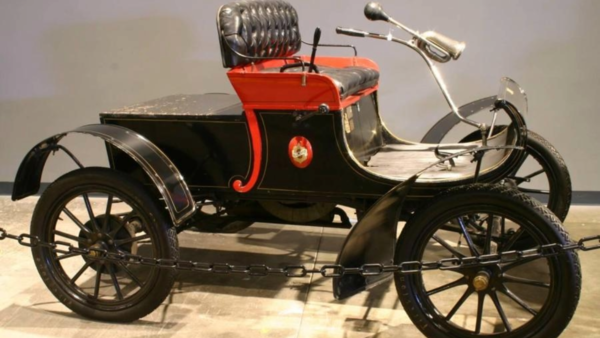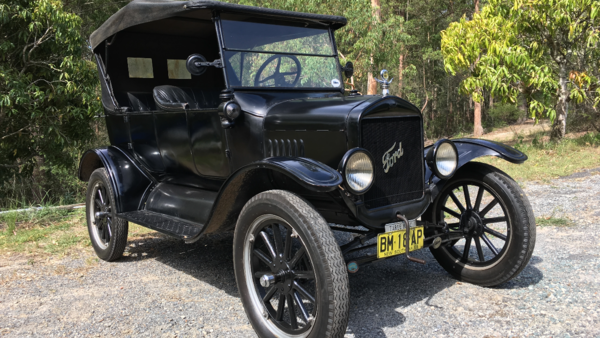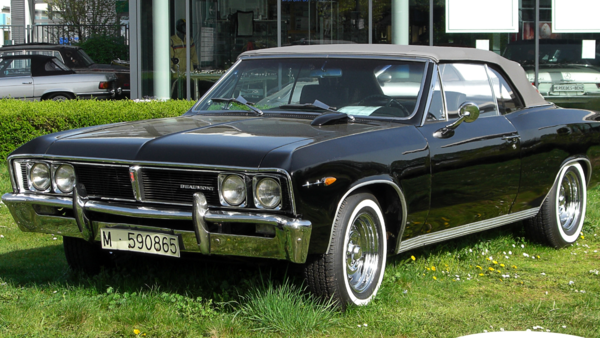Canada’s first automobile (1867):
While Canada may not have its own car brand, it did try as far back as in 1867. More specifically, this was when watchmaker and jeweller, Henry Seth Taylor, developed his own steam buggy. While Taylor’s steam buggy was Canada’s first-ever ‘automobile’ invented in the country, it did not feature any brakes. The watchmaker had reportedly crashed the steam buggy into a creek soon after introducing it to the world.
Is Nissan too late taking the AMT route with the Magnite EZ Shift? | TOI Auto
Canadian auto industry takes shape (1899):
The automotive industry in Canada actually started to take off almost three decades after Taylor’s failed steam buggy concept. It began with the arrival of the Le Roy Manufacturing Company in 1899. Brothers Milton and Nelson Good had founded the company and used an American Oldsmobile as the foundation for their first car. They converted an American Mobile steamer to run on petrol, it was a single-cylinder engine in its final form. However, even this Canadian automobile did not come with a braking system. To stop the car, the driver was supposed to use the reverse pedal and bring the car to a stop. This was due to the epicyclic transmission that the vehicle had. While the Le Roy automobile can be considered as the first-mass production car to go on sale in Canada. The business did not grow and the company was shut by 1907.

Oldsmobile Model 6C ‘curved dashboard’ Source: By DougW at English Wikipedia
Ford Motor Company of Canada (1904):
While the Le Roy Manufacturing Company failed to succeed, around the same time Henry Ford struck a deal with Canadian Gordon M. Mcgregor of Windsor and set up the Ford Motor Company of Canada in 1904. This was just a year after production of Ford cars had started back in Detroit, United States. Offering two car models that did get brakes, Ford found success in Canada with the Model C and the world famous Model T car.

Ford Model T – Source: Wikipedia – By ModelTMitch
Why we don’t see Canadian only cars till today:
Canada’s automobile market has always been under heavy American influence, while domestic OEMs failed to succeed, American brands such as Ford, Buick, Pontiac and Chrysler did well in the market and were trusted by the Canadian public. However in a bid to protect local manufacturing, Canada did impose a tariff on imported cars back in 1936. This prompted American carmakers to develop and produce Canada-only models such as the Ford Monarch, Chrysler Fargo and the Pontiac Beaumont. While these cars costed less for the Canadian car buyer, the country eventually realised that tariffs on imported cars was actually harming its economy by limiting trade with its biggest contributor, America. By 1965, the Canadian government removed the tariffs imposed in imported cars and the era of Canada-only cars came to an end with the exception of some cars voluntarily being created only for Canada such as the Chevrolet Corvair in the 1960s.

Pontiac Beaumont 1960’s – Source: Wikipedia – By M 93
Indian auto brands finding success in Canada:
Currently, Indian brands such as Tata Motors and Royal Enfield are offering their entire portfolios to the Canadian public. From the Tata Tiago.ev, Safari to the Royal Enfield Classic 350, Himalayan and Interceptor 650. As the Indian automotive sector continues to grow we can expect more Indian vehicles to be seen in Canada but the likelihood of a mass-market Canadian vehicle making a global impression remains almost nill.

